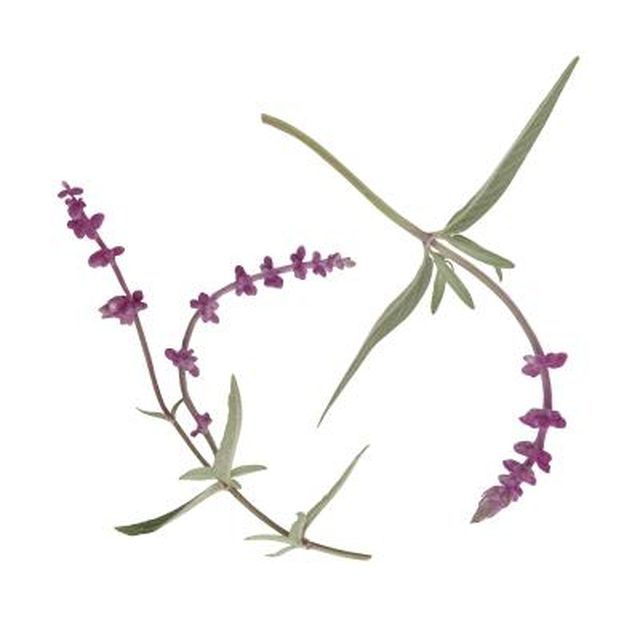Bulbs
Flower Basics
Flower Beds & Specialty Gardens
Flower Garden
Garden Furniture
Garden Gnomes
Garden Seeds
Garden Sheds
Garden Statues
Garden Tools & Supplies
Gardening Basics
Green & Organic
Groundcovers & Vines
Growing Annuals
Growing Basil
Growing Beans
Growing Berries
Growing Blueberries
Growing Cactus
Growing Corn
Growing Cotton
Growing Edibles
Growing Flowers
Growing Garlic
Growing Grapes
Growing Grass
Growing Herbs
Growing Jasmine
Growing Mint
Growing Mushrooms
Orchids
Growing Peanuts
Growing Perennials
Growing Plants
Growing Rosemary
Growing Roses
Growing Strawberries
Growing Sunflowers
Growing Thyme
Growing Tomatoes
Growing Tulips
Growing Vegetables
Herb Basics
Herb Garden
Indoor Growing
Landscaping Basics
Landscaping Patios
Landscaping Plants
Landscaping Shrubs
Landscaping Trees
Landscaping Walks & Pathways
Lawn Basics
Lawn Maintenance
Lawn Mowers
Lawn Ornaments
Lawn Planting
Lawn Tools
Outdoor Growing
Overall Landscape Planning
Pests, Weeds & Problems
Plant Basics
Rock Garden
Rose Garden
Shrubs
Soil
Specialty Gardens
Trees
Vegetable Garden
Yard Maintenance
How to Care for a Mexican Sage Bush
How to Care for a Mexican Sage Bush. Mexican sage is a native plant of Mexico and Central America. Also known as velvet sage and its botanical name, Salvia leucantha, its grey-green leaves add soft texture to gardens located in USDA hardiness zones 7 to 11. Tend to the water needs of a Mexican sage bush when it's young to establish it as a...

Mexican sage is a native plant of Mexico and Central America. Also known as velvet sage and its botanical name, Salvia leucantha, its grey-green leaves add soft texture to gardens located in USDA hardiness zones 7 to 11. Tend to the water needs of a Mexican sage bush when it's young to establish it as a long-lived perennial plant. This ornamental plant attracts butterflies and when its purple and white flowers are in full bloom, it also attracts hummingbirds.
Things You'll Need
Garden pruners
Mulch
Compost
Fertilizer
Plant the Mexican sage bush in well-drained soil at a location that receives full sunlight or partial afternoon shade. Add compost to the hole when you set the plant in the ground.
Water the plant twice a week during the growing season of its first two years. Water during dry weather spells in the winter to keep the roots moist. When the plant is established, by its third year, water once a week or more frequently when the weather is hot and dry.
Spread a thick layer of mulch around the Mexican sage bush to retain moisture in the soil and reduce weeds. Pull and remove any weeds that may occur and replenish the mulch layer at least once a year.
Fertilize Mexican sage growing in sandy, rocky or clay soil in the spring, with a layer of compost spread around the plant's base. Apply all-purpose outdoor plant food, mixed according to the manufacturer's label instructions, in the summer as the plant begins to bud.
Prune Mexican sage in the spring to encourage bushy growth. Cut the top third off all the stems before they reach a height of 2 feet, using sharp garden pruners.
Cut the bush back in late fall. Shear the stems off at ground level with pruners. Apply mulch around the plant to protect it from potential inclement weather.